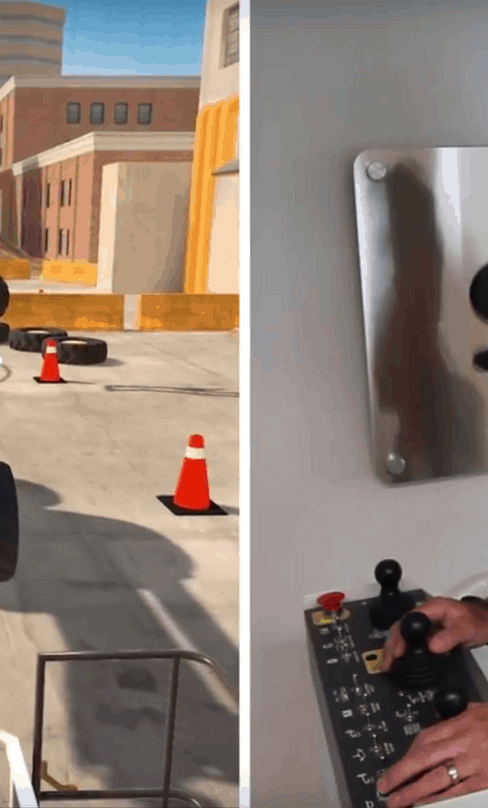
🎓 Education and Training
Virtual reality in education and training allows students to learn in an immersive and hands-on way. It simulates real-life environments, such as laboratories, hospitals, or historical classrooms, facilitating active, safe, and risk-free learning. It is ideal for technical, medical, aviation, and soft skills training, improving student retention and motivation.

Immersive classes
Virtual reality in immersive classrooms allows students to "enter" three-dimensional environments where they can actively interact with content. This transforms traditional education into immersive experiences, such as exploring the solar system, visiting ancient civilizations, or conducting scientific experiments, fostering greater engagement, understanding, and knowledge retention.
Technical or industrial training
Virtual reality in technical or industrial training allows complex environments and processes to be simulated in a safe and controlled manner, facilitating risk-free, hands-on learning. It improves training, reduces costs, and accelerates the acquisition of specialized skills.


Job simulations to develop skills without real risks.
Virtual reality in job simulations allows you to practice skills and tasks in a safe environment, avoiding real-life risks. This improves preparation, reduces errors, and increases confidence before facing real-life situations.
Museums and educational tours in virtual reality.
Virtual reality in museums and educational tours allows for immersive exploration of exhibits and historical sites, regardless of location. It enriches the experience with interactive content and fosters more engaging and accessible learning.

